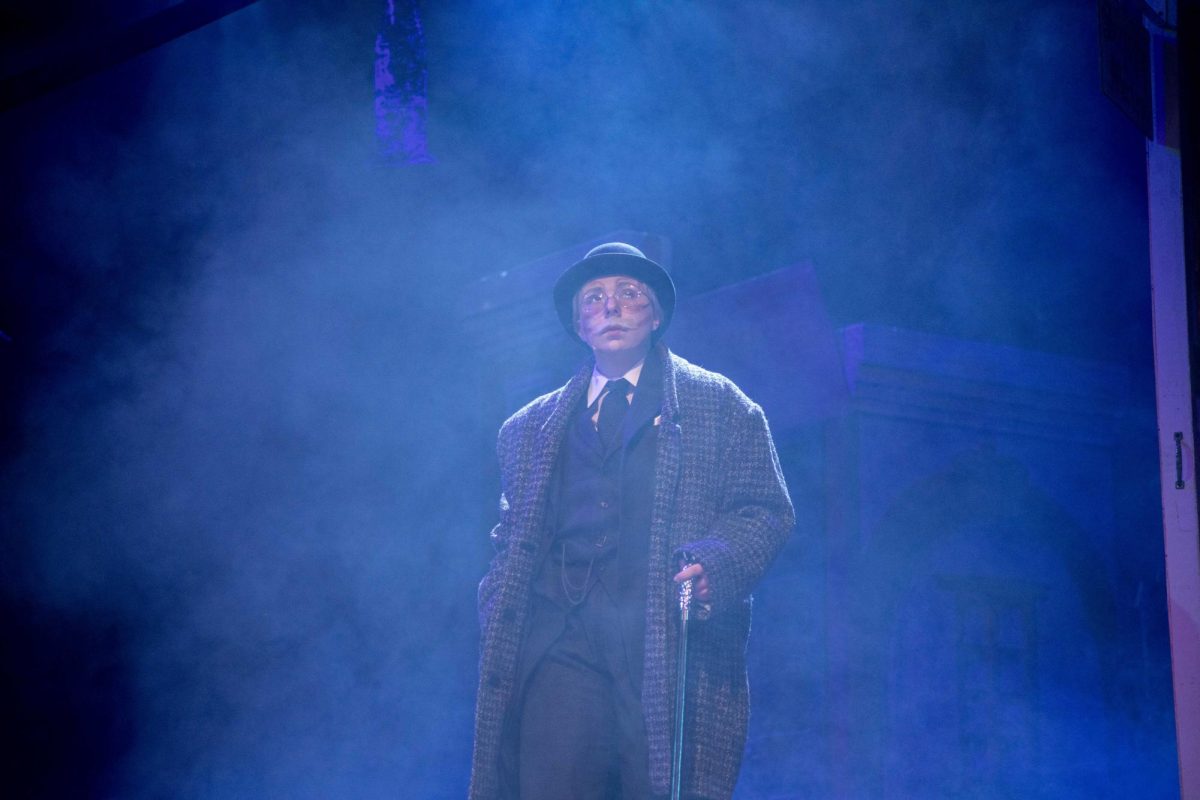Punxsutawney Phil’s prediction may shed light on global warming

February 2, 2016
A furry groundhog woke up Tuesday to a sunny morning which, legend says, signifies an early spring.
Every year on Feb. 2 since 1887, a groundhog named Phil in Punxsutawney, Pa., forecasts the coming of spring for the U.S. If he sees his shadow, there will supposedly be six more weeks of winter. However, some experts call this hogwash.
Despite predicting the weather for 129 years, Phil has yet to show he’s a reliable weatherman. The accuracy of the rodent’s forecasts are about as accurate as flipping a coin.
Advertisement
However, this American tradition based on a German legend gets people talking about the weather every year.
Though he does not have much faith in the animal’s foreshadowing prowess, Nick Hausen, a meteorologist at WSIL TV, agreed spring weather is arriving sooner than later. But he does not think the winter coats should be put away just yet.
“It’s still winter, and I think we still have quite a few cold spells [left],” Hausen said.
Erratic weather has been a theme all winter, he said, and will most likely continue because of El Niño — a weather condition in which warm Pacific Ocean currents heat up the lower hemisphere and are circulated around the globe, causing an increase in temperatures.
Hausen said this El Niño has been one of the strongest in decades, which explains Carbondale’s 60-degree highs in December and January.
Justin Schoof, chairman of the university’s geography and environmental resources department, said experts still have some difficulty forecasting El Niño trends, but he and Hausen expect it to subside by summer and transition into La Niña — the opposite of El Niño. This means cooler Pacific currents and a decrease in average temperatures during the second half of the year.
The last significant El Niño was in the winter of 1998 — one of the warmest years at the time.
Advertisement*
Multiple studies have called 2015 the hottest recorded year to date, and Schoof said that’s not just because of El Niño.
“If you look at the long-term global temperature record you see an upward trend, but you also see a lot of variability around the trend line,” he said.
El Niño and La Niña are factors in this variability, but global warming is also a big player, he said.
“People should be careful about what they hear about climate change because there’s so much misinformation,” Schoof said.
His best example of a misconception is when people say that global warming has stopped.
“That’s completely at odds with science,” Schoof said. “We have some fairly strong evidence that positive temperature trends globally are ongoing. We would expect that because we haven’t done anything to combat global warming.”
If students do want longer winters, Schoof has one idea: be more environmentally aware.
“Personal decisions really matter,” he said. He suggests riding a bike, recycling, turning off lights when leaving a room and even eating less meat.
As for sharing his job with a groundhog every February, Hausen does not have any resentment.
“I think it’s fun, but there is no science behind it,” he said. “Unfortunately, groundhogs can’t predict the weather. Sometimes it’s even hard for us to predict the weather.”
Anna Spoerre can be reached at [email protected] or 618-536-3325.
Advertisement







